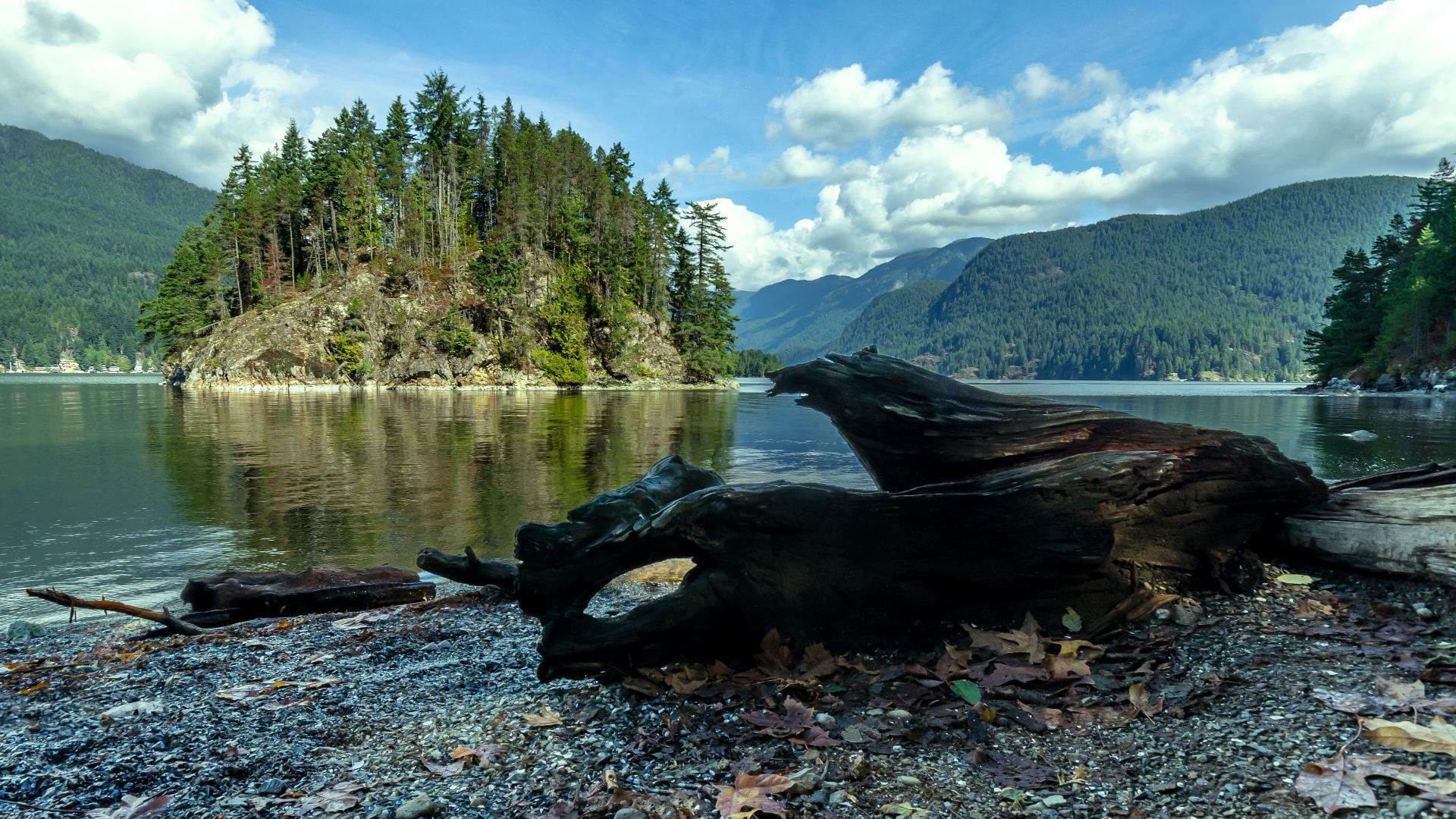Next to the slightly peeling Obama 2008 bumper sticker sits one with a small white and blue quotation: “Despite all our accomplishments, we owe our existence to a six-inch layer of topsoil and the fact it rains.”
The quote dots the bumpers of the eight or so cars parked in front of the 150-year old barn of Birdsfoot Farm in Canton, NY. Founded in the 1970s as part of the Back to the Land movement, the farm now supports a small cohousing community, a K-12 school, and vegetable plot that supplies produce to local families and businesses. They host Maypole Dances, an annual Garlic Festival, and weekly potlucks in the main kitchen. They live mostly self-sufficiently, with the occasional luxury bar of chocolate and movie night in town. It is, in many ways, an agrarian utopia.
This image is not the reality for the vast majority of agriculture that occurs in the United States today. Instead, the food and agricultural landscape is dominated by farms that span millions acres, plant corporation-patented seed corn, and rely on massive center pivot irrigation systems. Many pay starvation wages to largely undocumented migrant workers who lack the political power to advocate for better conditions.
Additionally, the switch to industrial farming has dovetailed a shift to majority cash crops, animal feed, and ethanol production, leaving only 2% of American agriculture dedicated to fruits and vegetables, like Birdsfoot is. Of that 2%, the majority of it is in California, with produce then shipped to other states for distribution.
Industrial agriculture, according to a 2022 special feature review article from the journal Sustainability Science, is a major contributor to “climate change, biodiversity loss, and severe impacts on soil and water quality”, all of which are increasing in intensity and human impact. Around 34% of all greenhouse gas emissions come from the food system, with the majority of that being from industrial agriculture. It also causes harmful algae blooms and ‘dead zones’, like the Gulf of Mexico dead zone which spans 6,705 miles.
In addition, competition from imported fruits and vegetables is making farming financially unviable for many families. Dulli Tengeler, the primary farmer at Birdsfoot, is grappling with that reality. In 2019, her total income was $3,200, with two kids in college. “We had a great year working together in the gardens and I am happy, and the happy factor is not to be underestimated, but it is not sustainable.”

Dulli (right) and Goldie (left), in a back field at Birdsfoot Farm.
The solution, according to the article’s authors, Cathy Day and Sarah Cramer, lies in what is called regenerative agriculture.
Regenerative agriculture focuses on improving “the ecological conditions of a farm, while also producing food”, according to Day and Cramer. Regenerative agriculture is a departure from the massive industrial agriculture that has become the American standard of food, feed and ethanol production. Farms that practice regenerative agriculture use fewer external soil amendments, smaller fields, and more diverse crops and are more resilient in the face of climate change.
Regenerative farming is not a new concept. Remember the six inches of topsoil and rain model of cultivation on those bumper stickers? Farms like Birdsfoot demonstrate what a more regenerative model of farming looked like.
The researchers investigated how this model can be expanded upon and made more viable for struggling farms. Day and Cramer focus on unpacking regenerative agriculture policy, adoption and education. Given how powerful industrial agriculture is, policy that supports smaller farmers is a tough sell to many legislators.
Shifting laws, especially within the American Farm Bill, which outlines American agricultural policy, subsidizes industrial agriculture heavily, is key to making regenerative agriculture viable. Making no- or low-interest loans available to farmers who use regenerative practices or subsidizing labor costs are both policy changes that could have a real impact.
Outside of policy, modern approaches for community and support, like farm to table networks that help fund farmers making the switch and internet communities for sharing ideas. Encouraging farmers to explore new financial models and sharing approaches that work locally are also essential.
At Birdsfoot farm, a CSA model has been the main reason they remain viable. Birdsfoot also hosts young farmers to come and learn regenerative agriculture techniques who will then continue to bring those principles and techniques to their own farms, highlighting the role of educational networks for farmers.
While it is by no means a solution to all of our environmental problems, switching from an industrial agricultural model to a regenerative one would reduce the ways in which the current systems perpetuate harm and leave communities vulnerable to climate change and soil degradation. Still, Food produced organically and on a smaller scale through regenerative agriculture is often prohibitively expensive to consumers. The benefits of regenerative agriculture do not fundamentally address the problem of how to implement these changes in a way that doesn’t lead to the creation of food shortages or or more economic hardship, given that cost-saving is a real asset of industrial agriculture.
So, what to do? Expanding welfare programs, like EBT benefits, to cover CSAs and other models of food distribution is key to reducing harm for those undergoing the shift from industrial to regenerative agriculture. Farmers themselves also play a role in accessibility, such as Birdsfoot’s “Buy a Share, Give a Share” program, that allows wealthier families to contribute to their community by sponsoring an anonymous CSA share. When moving forwards to regenerative agriculture, Birdsfoot Farm, and Dulli specifically, is an inspiration, modelling a path, rather than a destination.



 Image of a breakfast buffet with table seating. Opera Cadet from PARIS, FRANCE, CC BY-SA 2.0, via Wikimedia Commons
Image of a breakfast buffet with table seating. Opera Cadet from PARIS, FRANCE, CC BY-SA 2.0, via Wikimedia Commons








